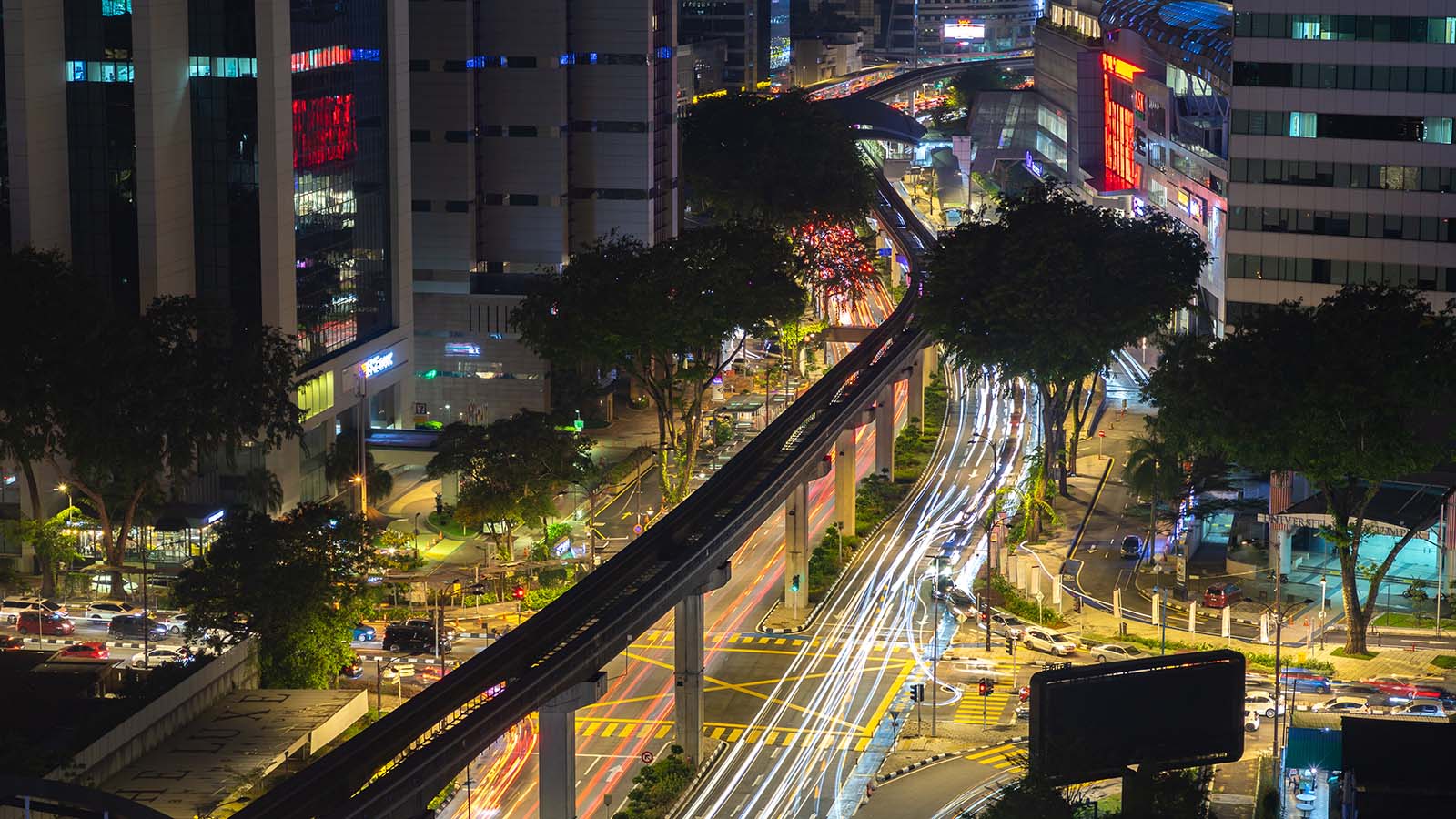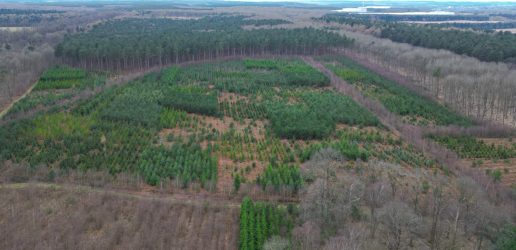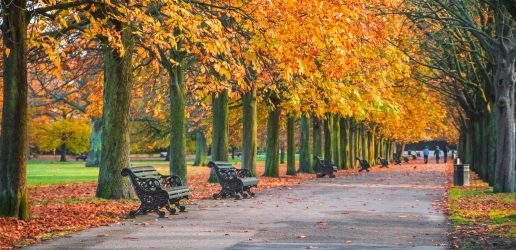Urban tree cover (UTC) – defined as the proportion of land covered by canopy, i.e. leaves, branches and stems when viewed from above – is a commonly used metric in policy and management activities. This metric can be used for urban forest resources assessment, studying equity and distribution, or ecosystem services modelling.
Despite the well-established benefits associated with urban tree canopy, declining tree cover has meant that many cities are now setting UTC targets. However, until now, there has not been any attempts to gather international data on these targets.
In new research, an international consortium of scientists came together to understand the current use of UTC targets worldwide in geographically diverse cities. Using their diverse local knowledge and language backgrounds, researchers searched publicly available online sources for documented UTC targets.
The results were published in the journal Urban Forestry & Urban Greening.
“We wanted to begin a conversation about the utility of UTC targets and how they can be used effectively within a broader framework of urban forest planning activities,” said lead author, Professor Justin Morgenroth, University of Canterbury.

As part of the research, the scientists discussed the merits and drawbacks of setting UTC targets with a view to informing recommendations for setting effective UTC targets.
The research found that the UTC targets ranged in ambition, varying between 4% and 50%. To meet these targets, cities would have to increase their current UTC by between 0.47 and 23.3 percentage points within stated timelines of between 3 and 51 years.
The research found that cities with lower current UTC set ambitious targets, requiring relatively large annual increases in canopy cover. Moreover, cities in xeric or dry biomes set lower targets (< 20%) than cities in temperate or tropical biomes (> 25%). This reflects the biophysical challenges of growing trees in those environments.
The researchers concluded that setting UTC targets can provide a range of benefits but achieving a UTC target at the expense of other indicators of urban forest structure and quality poses risks. They recommended that diversity, health, and canopy quality targets should be set alongside the UTC target.
The scientists advocated the use of the SMART framework (Specific; Measurable; Achievable; Resourced; Time-bound).
“Time-bound targets for individual cities, or for different areas within individual cities are likely to be more effective than broad universal targets,” said Dr Kieron Doick, Head of Urban Forest Research Group at Forest Research.
The researchers conclude that SMART targets provide the measurable specificity and resource-focused planning that long-term urban forestry initiatives require, unlike more flexible frameworks designed for shorter business cycles.
Recent News
View All news
Seventeen coniferous tree species show early promise for future commercial timber production in the UK
Researchers have set up a network of nine large scale experiments across the UK to test the suitability of 17 tree species as potential alternatives for future commercial timber production.
Forest Research are looking for people involved in the harvesting, processing, transport, import, or trade of firewood in Scotland to complete an important survey.

New guide to help local authorities conduct a people survey on the social value of their treescapes
A new step-by-step guide to help local authorities, charities and civic societies carry out a people survey to understand social and cultural values related to trees in their area, is now available.

Seventeen coniferous tree species show early promise for future commercial timber production in the UK
Researchers have set up a network of nine large scale experiments across the UK to test the suitability of 17 tree species as potential alternatives for future commercial timber production.
Forest Research are looking for people involved in the harvesting, processing, transport, import, or trade of firewood in Scotland to complete an important survey.

New guide to help local authorities conduct a people survey on the social value of their treescapes
A new step-by-step guide to help local authorities, charities and civic societies carry out a people survey to understand social and cultural values related to trees in their area, is now available.

